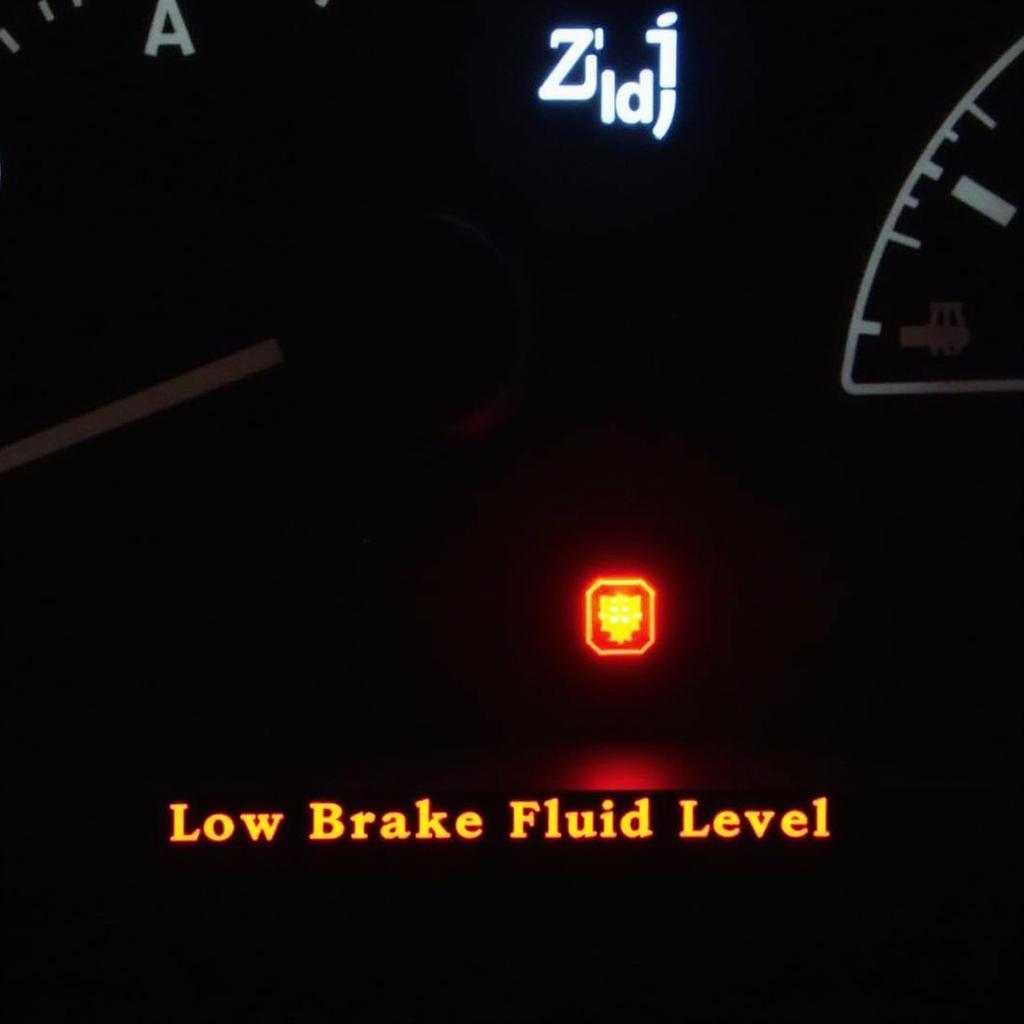“Which anti-theft device does this vehicle have?” is a question that often comes up in automotive forums and repair shops. It’s a common concern for vehicle owners, especially when experiencing issues with starting their car or dealing with a mysterious warning light on the dashboard.
Identifying Your Vehicle’s Anti-theft System
Modern vehicles come equipped with sophisticated anti-theft systems designed to deter thieves. These systems can vary widely between manufacturers and even between models of the same make. Understanding the type of anti-theft system your vehicle uses is the first step in troubleshooting any problems.
Here are a few ways to identify the anti-theft device in your vehicle:
- Check your owner’s manual: This should be your first stop. The manual will usually detail the specific anti-theft features your vehicle has and how they operate.
- Look for visual clues: Many vehicles have visual indicators of their anti-theft system, such as flashing LEDs near the dashboard or a noticeable sticker on the car windows.
- Use a diagnostic tool: Professional-grade diagnostic tools, like those offered by Cardiagtech, can interface with your vehicle’s computer system to identify the type of anti-theft device installed.
 Car dashboard displaying an immobilizer warning light
Car dashboard displaying an immobilizer warning light
Common Types of Anti-theft Devices
Let’s delve into some common types of anti-theft devices found in modern vehicles:
Immobilizers:
These systems prevent the engine from starting without the presence of a recognized key or key fob. They work by disabling a critical component of the vehicle’s starting system, such as the fuel pump or ignition.
Alarm Systems:
These systems use sensors to detect unauthorized entry into the vehicle. When triggered, they sound an alarm to deter thieves and alert the owner. Some advanced alarm systems can even notify the owner remotely via a smartphone app.
GPS Tracking:
Vehicles equipped with GPS tracking allow owners or authorities to locate the vehicle in case of theft. These systems often come with additional features like remote vehicle disabling and geofencing, which alerts the owner if the vehicle leaves a designated area.
 Mechanic using a diagnostic tool to check the anti-theft system on a car with the hood open
Mechanic using a diagnostic tool to check the anti-theft system on a car with the hood open
Troubleshooting Anti-theft System Issues
If you suspect a problem with your vehicle’s anti-theft system, it’s crucial to address it promptly. Here are some steps you can take:
- Check your key fob battery: A low or dead battery in your key fob can interfere with the immobilizer system. Replace the battery and try again.
- Consult your owner’s manual: Your manual often provides troubleshooting tips for common anti-theft system problems.
- Seek professional assistance: For persistent issues, it’s best to consult a qualified automotive electrician. They can use advanced diagnostic tools to identify and resolve complex problems. Cardiagtech offers specialized remote diagnostics and programming services for a variety of vehicle makes and models.
FAQs About Car Anti-theft Systems
Q: Can I install an aftermarket anti-theft device on my car?
A: Yes, numerous aftermarket anti-theft devices are available, offering features like steering wheel locks, kill switches, and even more advanced GPS tracking systems.
Q: How do I know if my car is in anti-theft mode?
A: Signs your car might be in anti-theft mode include a rapidly flashing security light on the dashboard, the engine cranking but not starting, or difficulty using your key fob to lock or unlock the doors. You can learn more about recognizing an active anti-theft system here.
Q: Can a dead car battery trigger the anti-theft system?
A: While not always the case, a dead or weak battery can sometimes cause erratic behavior in your vehicle’s anti-theft system.
Q: What triggers a Ford anti-theft system?
A: Ford’s anti-theft system, known as the Passive Anti-Theft System (PATS), is primarily triggered when it detects an attempt to start the vehicle with an unregistered key. To understand more about what triggers a Ford anti-theft system, you can read our detailed guide here.
For expert advice and support on your vehicle’s anti-theft system, don’t hesitate to contact CARDIAGTECH. Our team specializes in remote diagnostics, programming, and installation services.

